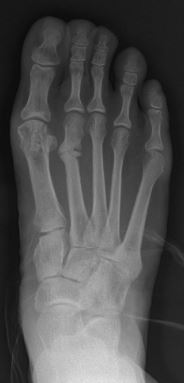
Photo from wikipedia
As a necessary technical method for shale gas development, hydraulic fracturing technology may cause casing failure while realizing actual reservoir reformation. The fracture-induced inhomogeneous stress generated while the hydraulic fracture… Click to show full abstract
As a necessary technical method for shale gas development, hydraulic fracturing technology may cause casing failure while realizing actual reservoir reformation. The fracture-induced inhomogeneous stress generated while the hydraulic fracture is one of the main reasons for the non-uniform compression and failure of the casing. The fracture-induced stress field is mainly related to the fracture net pressure and is unrelated to the initial in-situ stress. The non-uniform load difference near the fracture is more significant, and the mechanical environment of the casing deteriorates. In this study, we combined the fracture-induced stress calculation model and the casing-cement-formation system stress distribution model to analyze the mechanical properties of the system during hydrofracturing. We used the model to calculate the casing stress distribution under fracture-induced stress and analyzed various influencing factors that affect the maximum equivalent stress (MES) on the casing. The studies show that the closer to the fracture, the greater the induced stress and MES in the casing, and the risk of casing collapse increases. The wall thickness of the casing has an influence on the MES. The larger the wall thickness, the smaller the MES. The MES of the casing reaches the maximum value when the elastic modulus of the cement stone is close to that of the stratum. Softer formation increases the potential that the fracture-induced stress transfers to the casing. The potential is responsible for the greater stress of the casing. By increasing hydraulic fracturing stages, reducing hydraulic fracturing wellhead pressure, increasing casing wall thickness and reducing the elastic modulus of cement stone can reduce the casing stress and alleviate casing damage.
Journal Title: Advances in Mechanical Engineering
Year Published: 2022
Link to full text (if available)
Share on Social Media: Sign Up to like & get
recommendations!